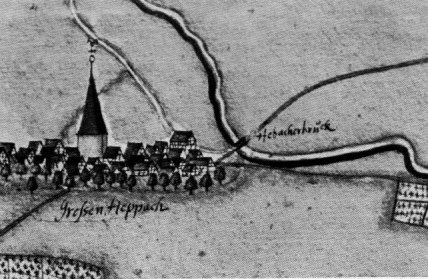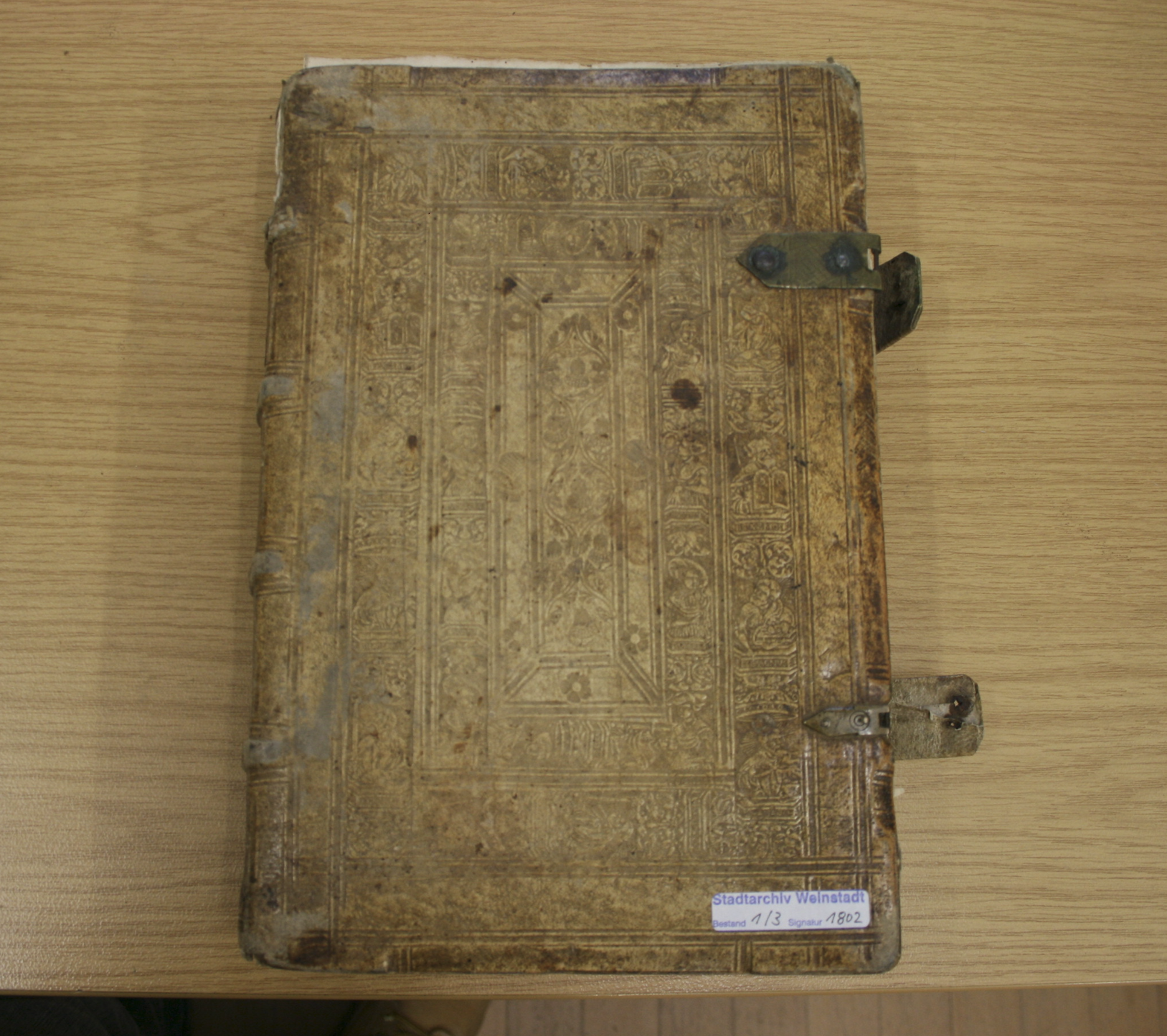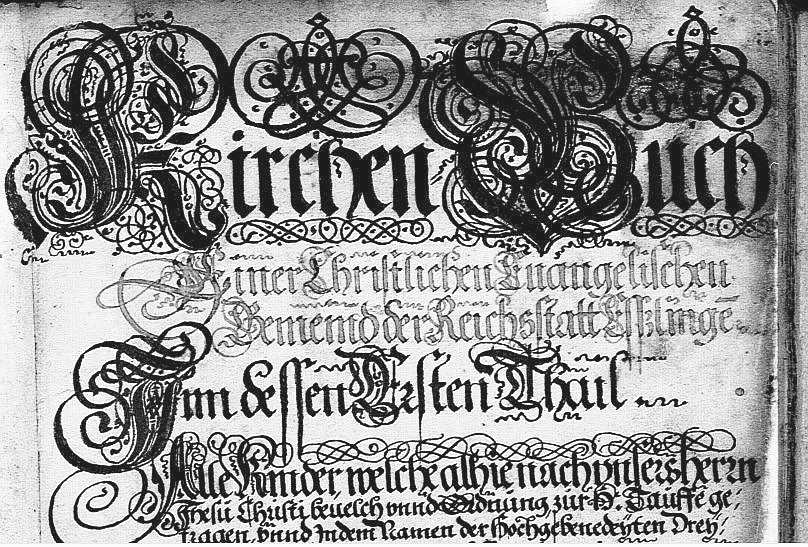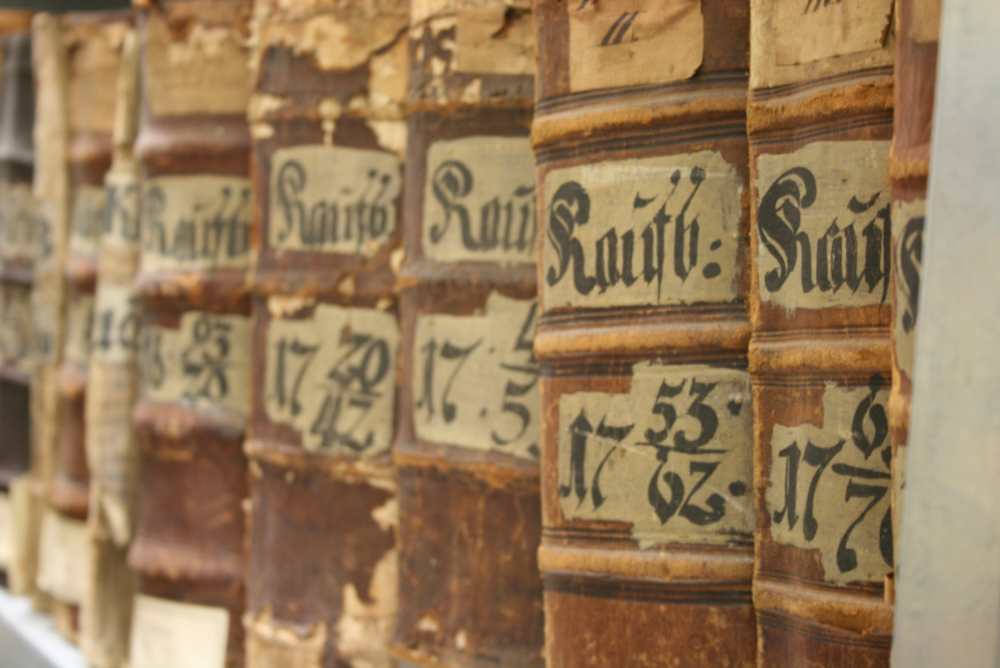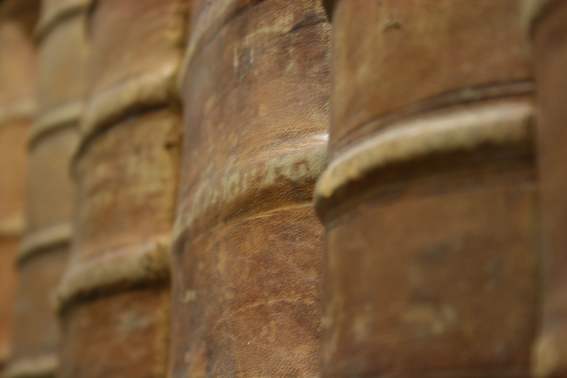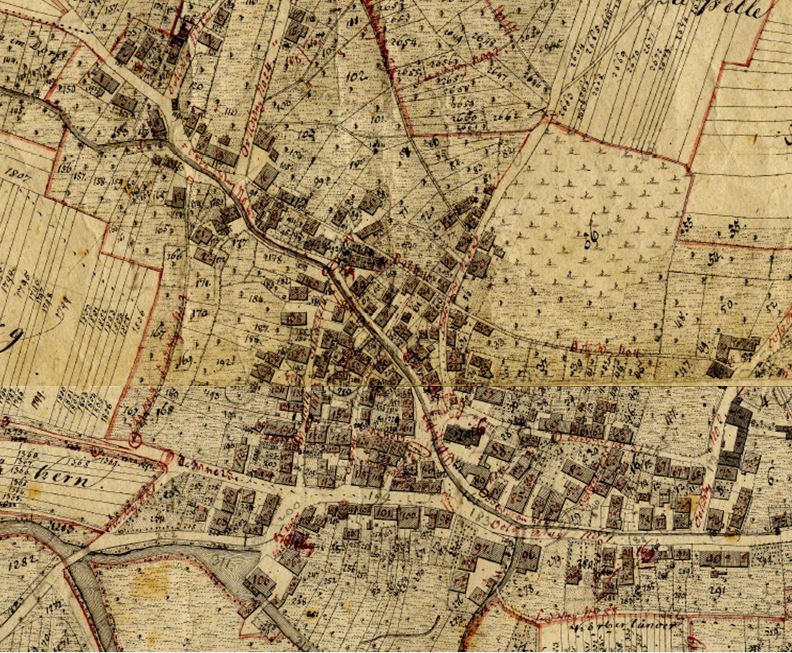
Local family book Grossheppach, Kleinheppach and Gundelsbach
Why a local family book?
There are several challenges when creating an ancestry or descendant trees:
- Civil registry registers only existed from the 1870s onwards. Before that, one had to rely on church registers.
- Church registers, especially before 1750, lack indexes. This requires reading page by page, line by line.
- The writing is naturally different, sometimes unclear and difficult to read.
- The data in the church registers is not always complete, and sometimes entire volumes have been destroyed or lost over the centuries.
Missing information can be supplemented using non-regligious sources.
Local Family Book of Grossheppach, Kleinheppach, and Gundelsbach
This will be a compilation of all people living in the named places, from the beginning of the records until around 1806. From around 1800 onwards, the population grew disproportionately, and family connections became very easy to determine. New church registers began in 1806.
Grossheppach had definitively become Protestant with Duke Christoph’s change of faith in 1550. There was no Catholic or Jewish community. There were de facto no members of “unbelievers”. Only Anabaptists and Zwinglians had existed for a time, but there were also repeated disputes with them. Thus, one could say that Großheppach was a “completely normal” Pietist community.
Sources
Church Sources
The source situation in Großheppach is good to very good. Baptism records have been available without interruption since 1558, as have marriage records since 1564. Unfortunately, the death records only begin in 1648, after the Thirty Years’ War. However, this is usually manageable. Only in the period around 1627 are there problems with attribution due to the large number of marriages. Shortly before this, a pest epedemic raged. The death register is missing, and the marriage register was written very imprecisely, illegibly, and with poor ink.
The church records were renovated before the 1990s and are in fair condition. They were transferred from the parish office to the State Church Archives in Stuttgart-Möhringen in the 1990s and are no longer publicly accessible. However, the church records can be viewed via the Archion church register portal.
Non-clerical Sources
Furthermore, numerous other documents are available, such as Anabaptist records and visitation records, or secular sources such as military capability and tax lists, naturalizations and court proceedings, wills and feudal rites, purchase and inventory lists, and inventories and divisions. The originals are located either in the Main State Archives in Stuttgart, where they can be viewed and copied, or in the local archive in Großheppach, where they can also be viewed and duplicated.
The local archive is located in the Old Castle of Grossheppach (Schloßstraße 10, Weinstadt).
What does the work contains?
The basis is formed by the classic church registers, which contain the baptisms, confirmations, marriages, and deaths or burials of the localities. In addition, among the church sources in Großheppach are soul registers, in which families were recorded page by page. These include the spouses with their corresponding birth dates, origins, and parents. Children were then added accordingly. The short biographies that the pastor wrote in the register at the time of each marriage are valuable for the local family book as well. This information was incorporated. In addition, the “Musterungslisten” (which are some military capability lists of citicens), some inventories and divisions, church registers of neighboring villages, naturalizations, and court records were incorporated. Thus, the local family register does not rely on “bare birth, marriage, and death dates,” but is based on the numerous sources and stories and fates of the citizens of this town. However, this is also one of the reasons why this work is unfortunately still not finished…
Preliminary Publication
As a preview, I would like to publish two things here:
1. The original cadastre of Großheppach dates from 1832. It describes all the buildings and their owners and lists them on a map. This way, as of 1832, we know who owned which property. I have compiled this information in a document, the House Book, and illustrated it with pictures. See also the chapter on the original cadastre.
2. I am attaching a list of out-of-town residents here as a current excerpt from my local family book. It is listed alphabetical and also by location. Anyone interested in more detailed information is welcome to contact me.
